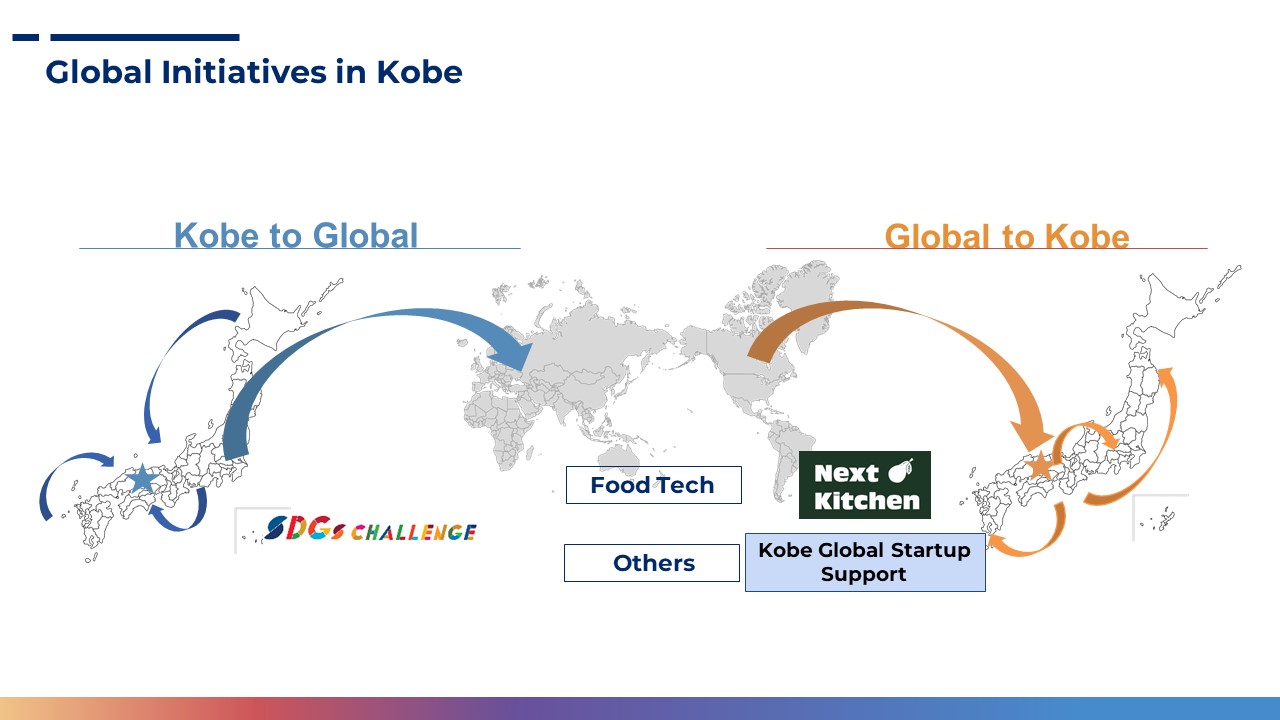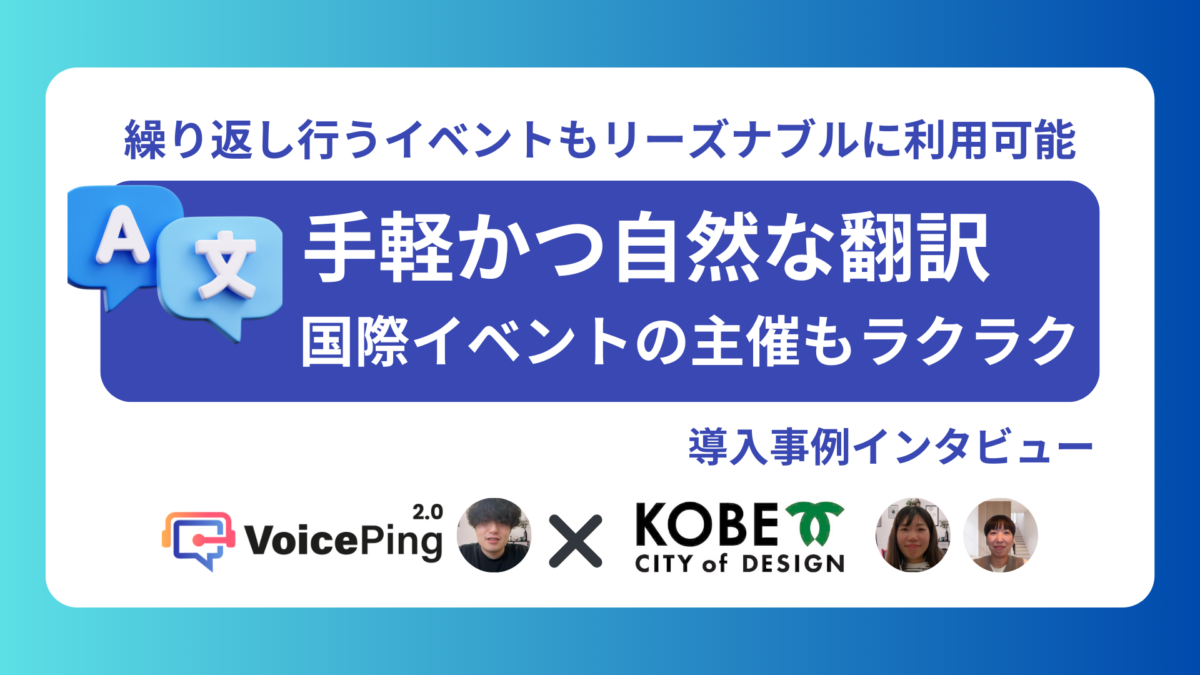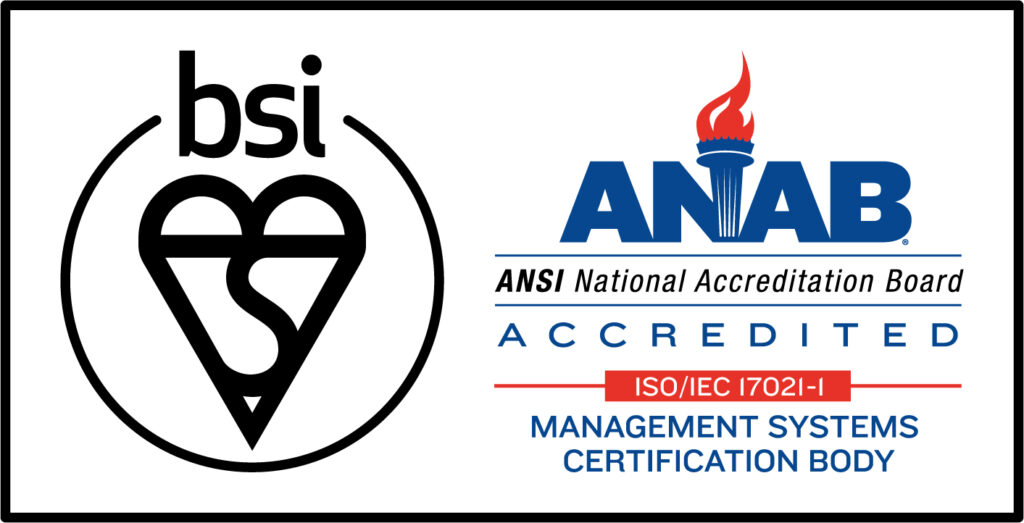スタートアップ支援において、国内外の参加者が集まるイベントやミーティングでの言語の壁は大きな課題です。今回は、グローバルなスタートアップ支援事業でVoicePingを活用いただいている神戸市経済観光局新産業創造課のイノベーション専門官・内藤千愛様と、北野結衣子様にお話を伺いました。
神戸市が手掛けるグローバルスタートアップ支援

お二人のお名前と、部署の中でどのようなことをされているのか教えていただけますか?
内藤様:神戸市の経済観光局新産業創造課でスタートアップ支援を主に行っております。私はイノベーション専門官という立場で、期限付きのポジションで働かせていただいております、内藤千愛と申します。よろしくお願いいたします。
北野様:私も内藤様と同じく、神戸市経済観光局新産業創造課の北野結衣子と申します。基本的には内藤様と一緒に業務を担当しておりますが、私はプロパー職員として働いております。よろしくお願いいたします。
具体的にどのようなお仕事内容をされているのか教えていただけますか?
内藤様:私たちはスタートアップ支援の中でも、グローバル展開の部分を担当しております。日本のスタートアップで海外に展開したい企業を支援するとともに、逆に海外のスタートアップで日本、もしくは神戸に進出を希望される方々を支援させていただいております。実際にプログラムを運営したり、イベントを開催したりする中で、VoicePingの翻訳ツールを活用させていただいております。
内藤様はもともと民間企業にいらっしゃったのでしょうか?
内藤様:はい、もともと民間企業に勤務しておりまして、その後、海外で働いていた経験などを活かして、現在は神戸市役所で3年の任期付きで働いております。
VoicePing導入の背景:「滑らかで自然な日本語」への評価
スタートアップ支援を進めていく中で、なぜVoicePingを選択されたのか、その理由と導入の背景についてお伺いできますでしょうか。
内藤様:私たちは海外のスタートアップが神戸に来る際に、地元の企業向けにイベントを開催したり、日本のスタートアップが海外に進出する際にもイベントを実施したりしております。多言語を使ったイベントを実施しており、今年は特に大規模な300人規模のイベントも計画しておりましたため、通訳者に来ていただいて同時通訳を行うことも検討しました。ただ、年間を通じてイベントの回数が多いため、何か良いツールはないかということで、VoicePingを候補として挙げさせていただきました。昨年、別のイベントでVoicePingを使用しているのを拝見した際、翻訳の精度が比較的滑らかな日本語に翻訳されていたため、今年導入を検討させていただきました。
ちなみに、どういったイベントに参加されたか覚えていらっしゃいますか?
内藤様:昨年、日本のスタートアップで海外展開を目指す企業がピッチを英語で行い、オーディエンスは日本企業という形式のイベントがございました。そこで使用されているのを拝見いたしました。英語から日本語への翻訳を見て、日本語の翻訳が滑らかで自然だったことが印象に残っております。
導入後の効果:文脈を把握した高精度な翻訳
実際に導入されて、イベントで使用されているかと思いますが、使用してみた感想はいかがでしょうか?課題がある程度解決されているのかどうかというところをお伺いできますでしょうか。
内藤様:はい、翻訳の精度、質が非常に高いと感じております。他の翻訳機能も使用したことがございますが、それらに比べると、文脈をしっかり把握した上での日本語への翻訳、もしくは英語への翻訳の満足度が非常に高いと感じております。参加された方々、日本語話者も英語話者も双方から評判が良く、私たちも現在使用していて満足度が高いところです。
北野様からも何かございますでしょうか。
北野様:イベントで翻訳画面を全員が見える位置に調整できない場合もございますので、そういった際に、QRコードで個人の携帯端末から閲覧できる点が非常に使いやすいと感じております。
実際、翻訳表示用のモニターを追加設置できない場合もございますので、そういった際は1つの画面で資料を映しながら、もう1つは各自の端末で確認するという使い方もでき、大規模なイベントでも非常に使いやすいと感じております。
QRコード機能が解決した会場の制約
ピッチのプレゼンテーション用のPowerPointをモニターで表示しつつ、別のモニターが用意できない場合にQRコードで手元で確認できる点が良いということですね。
北野様:はい、その通りです。ピッチイベントでは、スライドで説明資料を表示することが多いため、製品について説明していただく一方で、別の画面で翻訳を表示し続けるのは困難で、機材として2つのモニターが必要になってしまいます。
しかし、それが難しい場合でも、QRコードさえ発行していれば、各自の手元で確認することができます。また、英語を理解される方などは閲覧しないという選択もでき、各自の好みに合わせて利用できますし、言語も選択できる点が非常に良いと感じております。
以前使用されていた翻訳ツールでは対応できなかったのでしょうか。
内藤様:以前のツールは私自身は使用しておりませんが、聞いた話では、モニターで表示はできていたものの、時間制限があり、イベントは1時間で終わることは少なく、2時間程度続くことが多いのですが、途中で接続が切れてしまい、再度接続し直す必要があるなど、使い勝手の面で課題があったと聞いております。

多様な訛りにも対応:グローバルイベントでの実力
北野様:精度の面でも、マイクの音声を直接取り込むケースだけでなく、スピーカーの近くにパソコンを設置して翻訳をかけることもございましたが、そういった場合も非常に綺麗に聞き取れております。
英語が母国語ではない方も英語を使用されることが多いのですが、そういった訛りも非常に綺麗に聞き取っていただける点が、ありがたいと感じております。基本的には共通言語は英語ですが、参加者の皆様は必ずしもネイティブスピーカーではございませんので。
他のお客様からもいただいているフィードバックで、イタリアなまり、インドなまりでも対応できることは確認されております。
内藤様:私たちとつながりのある方々は様々な国から来られており、イタリア、ラトビア、オーストリア、アフリカなど、多様な国籍の方々がいらっしゃいます。日本人も含めて様々な方々がイベントに参加され、その中でコミュニケーションを取っております。
議事録機能で効率化するイベント後の振り返り
同じ課の他のメンバーの反応や、イベント参加者から何かフィードバックをいただいておりますでしょうか。
内藤様:はい、先ほど申し上げた通り、直訳ではなく、文脈を把握した上での自然な日本語、自然な英語に変換してくれるという質の高さへの評価に加え、AIが会議全体のイベントの総括やミーティングの議事録をまとめてくれる点が非常にありがたいと感じております。イベントのレポートやミーティングの議事録を作成する際にも振り返ることができる点は、評価できるポイントだと考えております。
イベント後などにも、会議ログをご覧いただいているということですね。
内藤様:はい、それをもとに、イベント開催のレポートをWebサイトに掲載したりしておりますので、参照資料として活用しております。
改善要望:シンプルなUI、メンテナンスタイミング
普段使用されている中で、イベントや小規模のミーティングなどでの改善点や、追加機能のご要望などはございますでしょうか。
内藤様:基本的には現在使用している中で、満足度は高いのですが、例えばイベントでモニターを1つ使用して字幕を表示する場合、字幕が流れるスピードが速く、読み切る前に次の文章が表示されてしまうことがございますので、もう少しゆっくり表示されると読みやすいかと思います。
また、バーチャルオフィスの画面など、様々な機能が搭載されているかと思いますが、私たちにとってはほとんど必要がないため、もう少しシンプルなインターフェースでも良いのではないかと感じております。
北野様は何かご要望がございますでしょうか。
北野様:バーチャルモードから翻訳機能の画面に戻る際に、操作方法がわからず迷ってしまうことがございまして、内藤様と10分程度かけて操作方法を探したこともございました。
ワークスペースやグループ、チームの概念が複雑だと感じております。またバーチャルモードで、他のメンバーが右上にある「ワークスペース」というボタンを押してしまうと、「Create New Workspace」という表示が出てきてしまい、誰でも新しいワークスペースを作成できてしまうのではないかという懸念がございます。何か制限できる機能があれば、知らないうちに料金が発生してしまうことを防げるのではないかと考えております。
※勝手に料金が発生することはございません。
それからメンテナンスの時間に関しまして、以前時間をずらす形でご対応いただきましたが、300人規模のイベントを開催した際に、メンテナンスが当日実施されるアナウンスがされたことがありました。
基本的には前日には必ず通知を送信するようにしておりますが、開発が間に合わない場合に当日になることがございます。メンテナンスのタイミングについては、弊社で改善させていただきます。ありがとうございます。
今後の展望:言語の壁を超えたイノベーション創出
最後の質問になりますが、課としてどのような目標や展望をお持ちでしょうか。VoicePingに関連したお話でも、そうでなくても構いません。
内藤様:私たちのミッションは、スタートアップや新しい技術を持つ方々が、日本人であれ外国の方であれ、神戸の企業とつながることでイノベーションを促進し、市内の経済活性化につなげることです。
その文脈で申し上げますと、言葉の壁が日本人にとっては大きなハードルとなっていると感じております。そのハードルを超えられるような、AIを活用した翻訳ツールが、私たちの目標達成の助けになればと考えております。
様々な国の方々とのイベントで、このようなツールを使用してコミュニケーションを取ることで、技術だけでなく様々な要素で交流し、新しいスタートアップが生まれやすい環境を構築できれば良いと考えております。
VoicePingで、あなたのグローバルイベントを「誰もが参加できる場」へ
[VoicePing翻訳画面のイメージ]
VoicePingは迅速・正確なリアルタイム翻訳で言語の壁を取り払い、多国籍のスタートアップイベントやミーティングをスムーズに進行できる環境を提供いたします。以下のような課題をお持ちではございませんか?
✅ 年間を通じて多数の多言語イベントを開催するため、毎回通訳を手配するコストと工数が膨大
✅ 既存の翻訳ツールでは長時間イベント中に適さない
✅ 会場の制約で複数のモニターを設置できない
✅ 多様な国籍の参加者の訛りにも対応できる翻訳ツールが必要
📱 QRコードをスキャンするだけ
スマートフォンで簡単に翻訳内容を確認可能です。ピッチイベントやネットワーキングの場でもスムーズなコミュニケーションをサポートいたします。
VoicePingを導入することで、以下のメリットが得られます:
🌍 多国籍参加者が母国語で内容を理解 どのセッションでも参加者が言語の壁を感じることなく、深く理解できる環境を提供いたします。
⚡ 簡単操作と高精度翻訳で負担を軽減 直感的な操作と迅速な翻訳で、運営者の手間を大幅に削減いたします。
📝 議事録機能でイベント後の振り返りも効率化 AIが会議内容を自動で記録・要約。レポート作成の参考資料として活用いただけます。
💡 参加者の満足度とイベント評価の向上 翻訳サポートを活用することで、イベント全体の質を向上させ、参加者から好評価を獲得できます。


